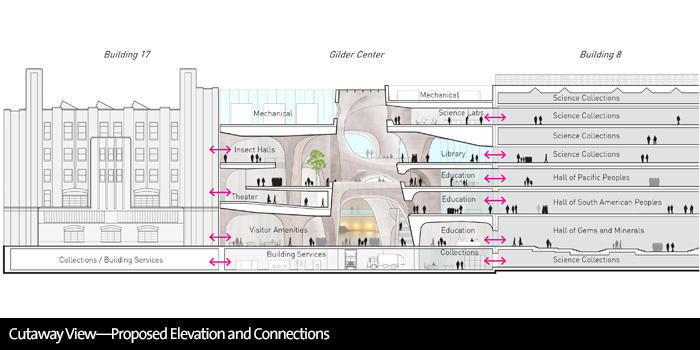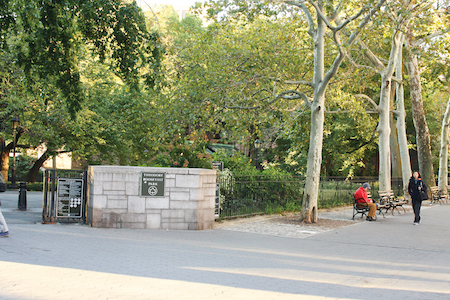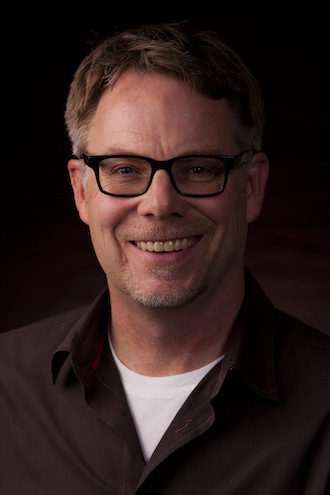
BY JACKSON CHEN | The American Museum of Natural History, on February 29, announced the formation of two working groups to help address concerns surrounding its controversial expansion project.
The museum’s expansion plan, first announced in December 2014, would create the Richard Gilder Center for Science, Education and Innovation on the Columbus Avenue side of the institution. After the museum’s board of trustees approved the conceptual designs on November 4, 2015, many residents were still unhappy with the project, despite a reduction in the amount of the surrounding parkland that would be sacrificed for the project.
Throughout the process, neighbors opposed to the expansion expressed their disapproval with its encroachment on the surrounding Theodore Roosevelt Park and the possibility of increased traffic congestion.
To better involve the community, the two groups announced this week by the museum –– a Park Working Group and a Transportation Working Group –– are charged with advising the museum on those two issues.

With much of the controversy aimed at the takeover of parkland, the museum said the park group would focus on “current and desired uses of the western portion of Theodore Roosevelt Park” and the museum access points, like building entrances and service ways.
The park group plans to meet bi-monthly and will be co-chaired by the museum and the Friends of Roosevelt Park, the organization that jointly takes care of the park with the city’s Department of Parks & Recreation.
Representatives from City Councilmember Helen Rosenthal’s office, State Assemblymember Linda Rosenthal’s office, Borough President Gale Brewer’s office, the parks department, and Community Board 7 will join a number of neighborhood organizations, including the Defenders of Teddy Roosevelt Park, on the working group.
The Defenders, headed by recently appointed president Adrian Smith, originally were adamantly opposed to any park loss but have since begun to compromise with the museum and its expansion.
“We’re really grateful to be a part of it,” Smith said of the working group. “What we’re seeing is this opportunity to work with our neighbors, the museum, elected officials on the building in total.”

For Smith and his group, their main goal is to have the museum redesign the park into a quality community area, while also preserving as much as they can.
“It’s not just about every spoonful of dirt we’re losing, it’s really about the quality of that space,” Smith said. “We’ve been very clear about what is being put back should be equal or better than what is being lost.”
The museum’s announcement this week indicated that the discussion topics would also focus on sustainability and historic preservation of the park, as well as its design, operation, and maintenance.
Other members of the working group would include the West 77th Street Block Association, the Theodore Roosevelt Park Neighborhood Association, and the Columbus Avenue Business Improvement District.
While Defenders is now working with some measure of collaboration with the museum, some of its members have split away to create their own group called Community United to Protect Theodore Roosevelt Park.
Community United was formed on February 11 by several defectors from Defenders who charged that the original group was straying from its mission of preserving all of the parkland. According to Claudia DiSalvo, president of Community United and a lifelong museum-goer, the museum should either build the center completely within its existing footprint or create a satellite location for the Gilder Center.
Community United will not be being part of the Park Working Group, and Di Salvo added that there should be more transparency about the expansion project on the museum’s part.
Similar to the park group, the Transportation Working Group will enlist membership from the offices of Councilmember Rosenthal, Assemblymember Rosenthal, and Brewer, the city’s Department of Transportation, the parks department, Community Board 7, and the NYPD’s 20th precinct.
Chaired by Brewer and Councilmember Rosenthal, the transportation group will focus on conducting a pedestrian safety assessment and reviewing any related concerns with the help of the same neighborhood organizations as the park group.
As for the project itself, the museum will seek approval from the Department of Parks & Recreation, the Landmarks Preservation Commission, and CB7 before going to a public review process, including an environmental impact assessment.
If approved, the museum expects to begin construction of the Gilder Center in 2017, and to open it in 2020.

































